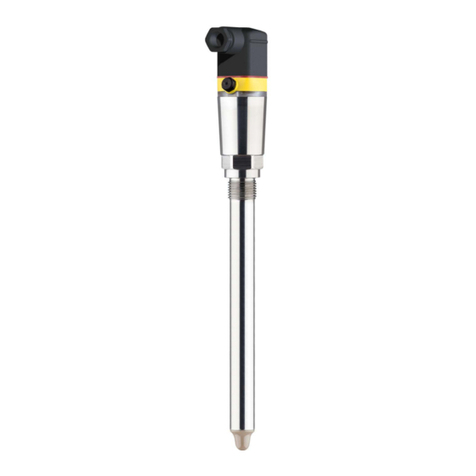Vega VEGASWING 66 User guide
Other Vega Switch manuals
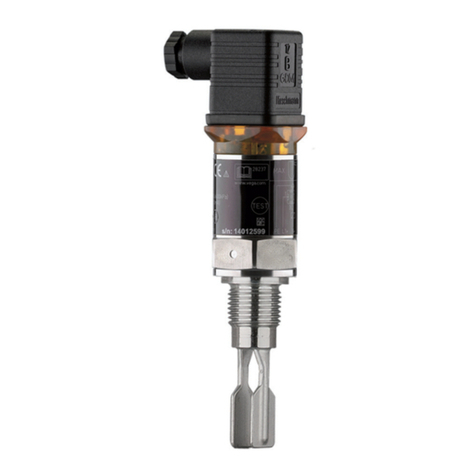
Vega
Vega VEGASWING 51 User manual
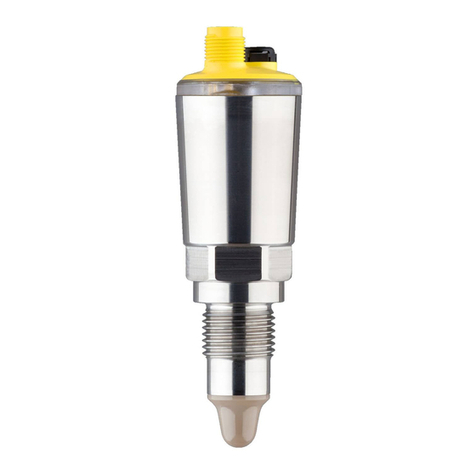
Vega
Vega VEGAPOINT 31 User manual
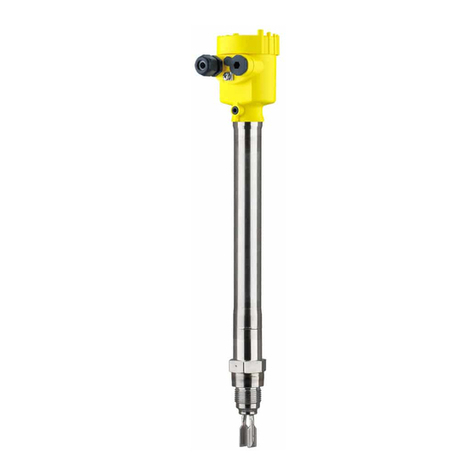
Vega
Vega VEGASWING 66 User manual
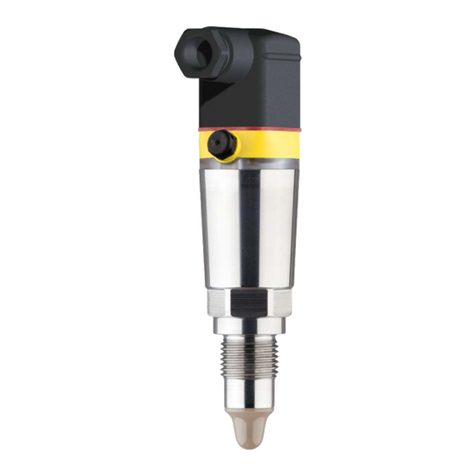
Vega
Vega VEGAPOINT 21 User manual

Vega
Vega VEGASWING 63 User manual
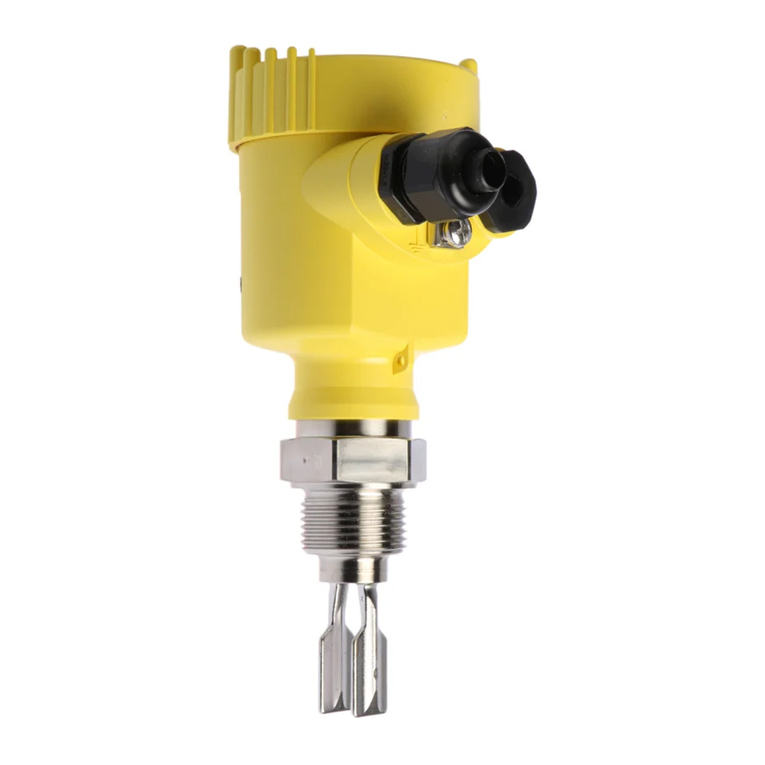
Vega
Vega VEGASWING 61 User manual

Vega
Vega VEGAKON 61 User manual
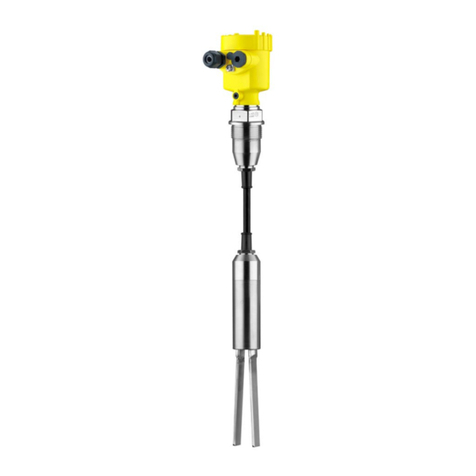
Vega
Vega VEGAWAVE 62 User manual

Vega
Vega VEGASWING 66 User manual

Vega
Vega VEGASWING 61 User manual
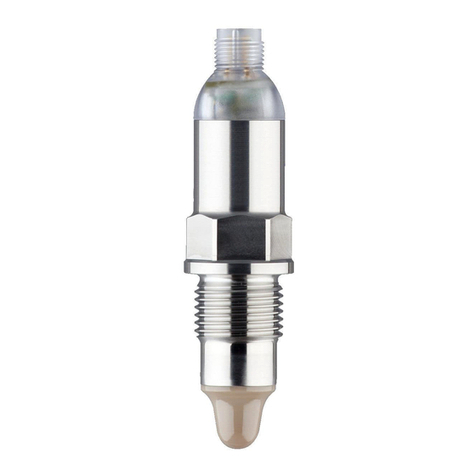
Vega
Vega VEGAPOINT 11 User manual
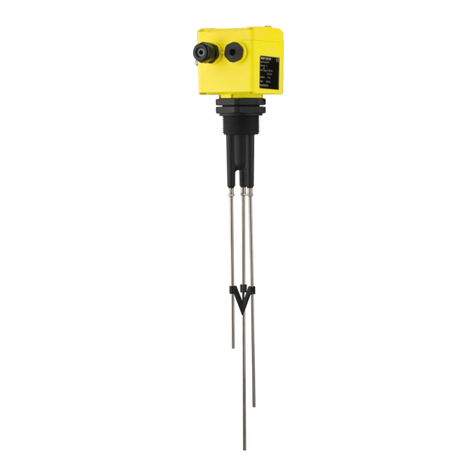
Vega
Vega VEGAKON 66 User manual

Vega
Vega VEGASEL 643 User manual

Vega
Vega VEGAPOINT 11 User manual
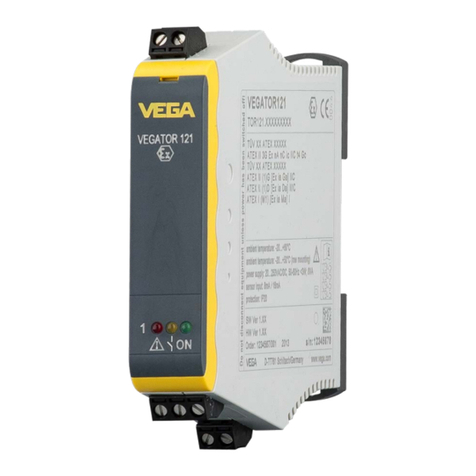
Vega
Vega VEGATOR 121 User manual
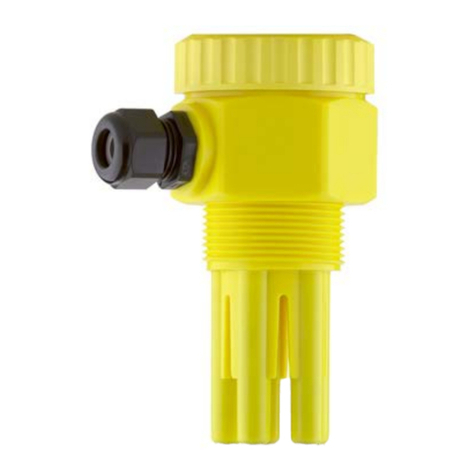
Vega
Vega EL 4 User manual
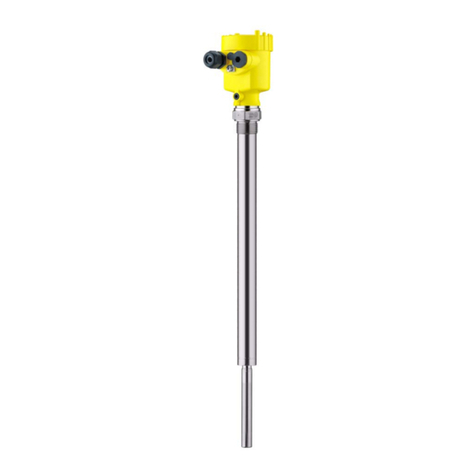
Vega
Vega VEGAVIB 63 User manual

Vega
Vega VEGAVIB 63 User manual

Vega
Vega VEGAWAVE S 61 User manual
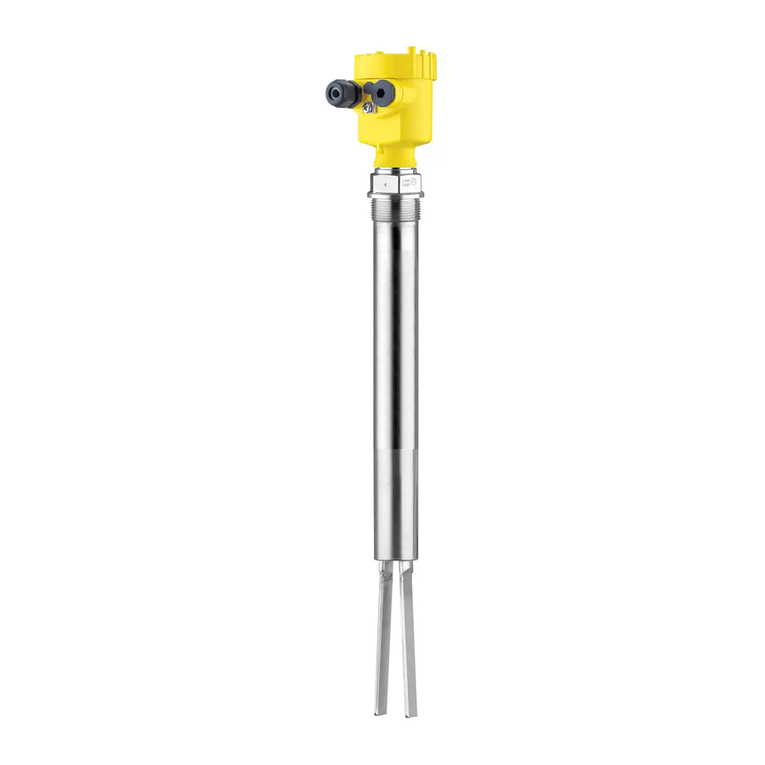
Vega
Vega VEGAWAVE 63 User manual
